コラム
落合憲弘
John Sypal
タカザワケンジ
なぎら健壱

For this week’s Recommended Photobook column, I’d like to share a longtime personal favorite: Isamu Morisawa’s Karuizawa Days. (Sokyusha, 2007)
This lovely book collects photographs taken by Isamu Morisawa in the mountains of Nagano prefecture, Japan between 1947 and 1960. Unless you’re already familiar with this book, even those with a deep interest in Japanese photography have probably not heard of his name. Morisawa was, in a career-sense, neither photojournalist nor capital-A Photographic Artist (although, an artist he was)- rather, he was the proprietor of a local photo studio in Karuizawa, one of thousands of such shops which sprung up across Japan after the war.
As the town photographer, Morisawa recorded nearly everything, year-round. Here we see snaps from local events, festivals, his family, and general daily life of the area over the years. Karuizawa, with temperatures cooler than Tokyo, had long been a summer destination for wealthy Japanese. After the war they were joined by American servicemen and their families, many of which are shown with beaming smiles as they enjoy the mountain air on horseback or skis or the golf course.
The book consists of (for lack of a better word) snapshots- but among these many of his studio portraits appear. Sparsely lit yet timeless, from the pages glow the the village's rosy faced babies, shy students in new school uniforms, and various familial commemorations.
Certainly, the world he captured is charming- 1950’s Karuizawa looks like a bright-skied cedar-scented paradise of nature and enjoyment- but Morisawa’s stable, lucid camerawork resulted in pictures that are endearing not simply for the appearances of the subjects but for the clarity of the time and moments they existed in. More simply, he never let ideas of composition or form overwhelm the moment or thing which occurred before his lens. They possesses just enough of a particular “amateurness” to them- I say this lovingly, as that’s where warmth in photography is found. Morisawa was a competent, skilled photographer with genuine affection for his community and mountain town.
In 1960 he relocated his shop to Shizuoka prefecture. For the Morisawas, the age of Karuizawa had ended.
The “Morisawa Photo Shop” remained in business and in the family in its new location. Aside from perhaps the display window of his shop, Isamu Morisawa never exhibited his work. The fact that any of these photos ever again saw the light of day, much less publication in a fine photobook some fifty-plus years later is due to the efforts of Ken Morisawa, Isamu's grandson.
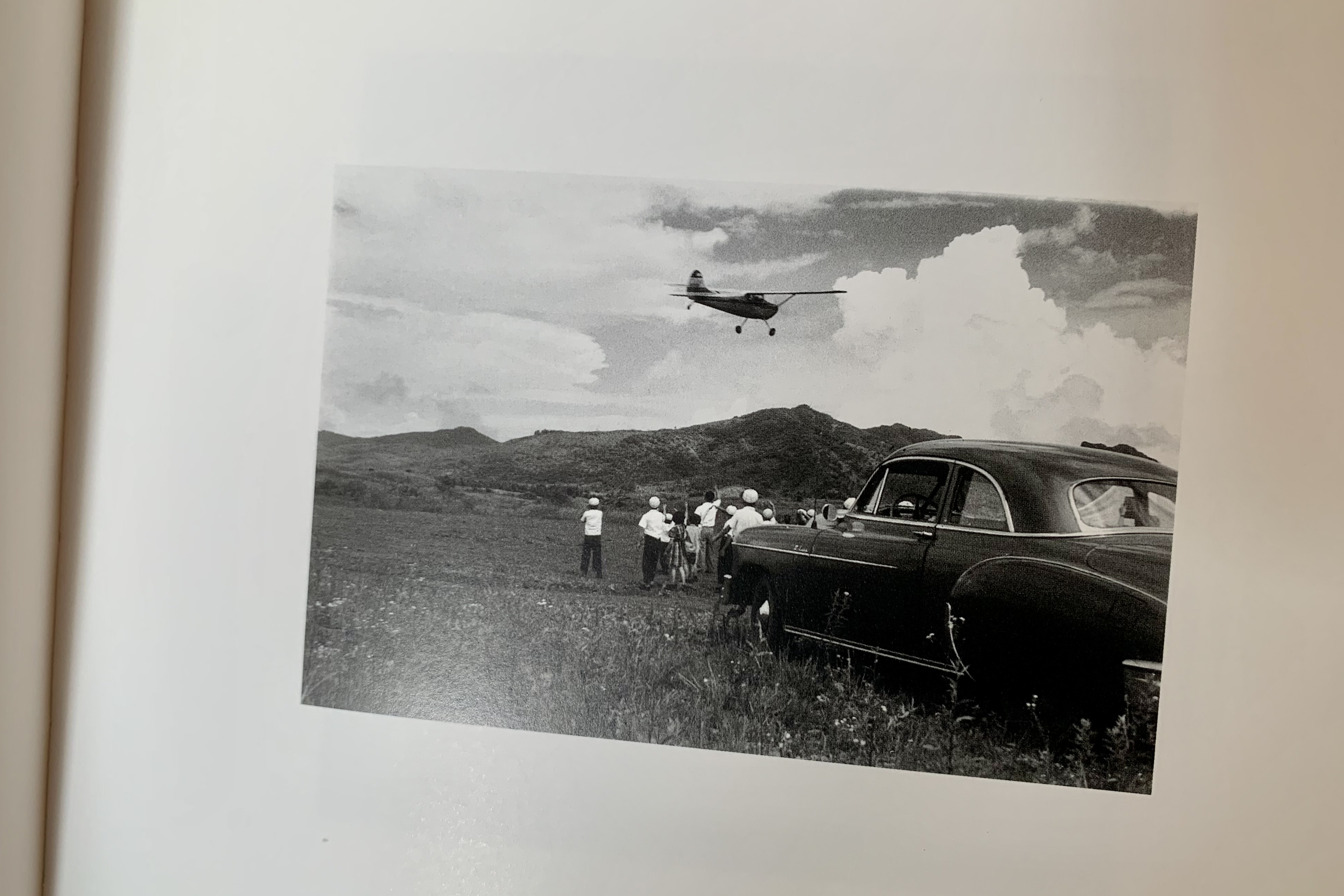
Ken Morisawa was born several years after his grandfather had passed yet had grown up hearing stories of Karuizawa from his father. (One of Ken’s own interesting recollections is being tossed in the family darkroom for “time out” as a child). In amongst his grandfather’s archives he found a box of negatives labeled “Karuizawa Days”. Quickly recognizing the quality of the images Ken, then a photo student in Tokyo, took the negatives into the darkroom. There, bathed in a soft red-light, moments of his grandfather’s world appeared one by one in the chemistry.
I don’t know the entire backstory as to how this book was brought to publication, but thanks to the publisher Sokyusha, it exists. The book is of comfortable dimensions and weight. With a subdued, astringent design, the book is wrapped in olive cloth. On the cover a black dog in the Karuizawa snow looks up at the viewer. This inlaid image is reproduced the same size as the 6x6 negative it was captured on.
As with all Sokyusha books, printing and binding are excellent. Part of me wishes the pictures, so rich with detail and charm, were reproduced a little larger on the pages. There is a particular intimacy in viewing small pictures- you find yourself getting a little bit closer, pulled in to both to the page and the world there within the frame. Likewise, the dimensions they are presented recall the sizes which snapshots from this era were printed. I sense that this was also something which influenced the book design.
Karuizawa Days is a book I’ve found myself pull from the shelves countless times over the years. As escapism it’s a way to slip out of the present. There is comfort knowing that such a place existed, if not only in photographs. More importantly, I've always felt that this book is a reminder that good, satisfying photography can be found anywhere, made by anyone. Considering that Japan is a nation of photographers, and that there were countless little photo studios like Morisawa's across the map, when I look through this book I feel a tinge of sadness pondering how many other fine collections of work by independent, humble men and women, that for one reason or another, we'll never get to see. It’s staggering to wonder how many photographic legacies have been tossed out by descendants pressed for storage space or interest, or how many shops sit boarded up with their prints and negatives slowly submitting to humidity and mold.
Isamu Morisawa’s Karuizawa Days remains a document, a love letter, and a legacy- photography as a whole would benefit from more books like this.
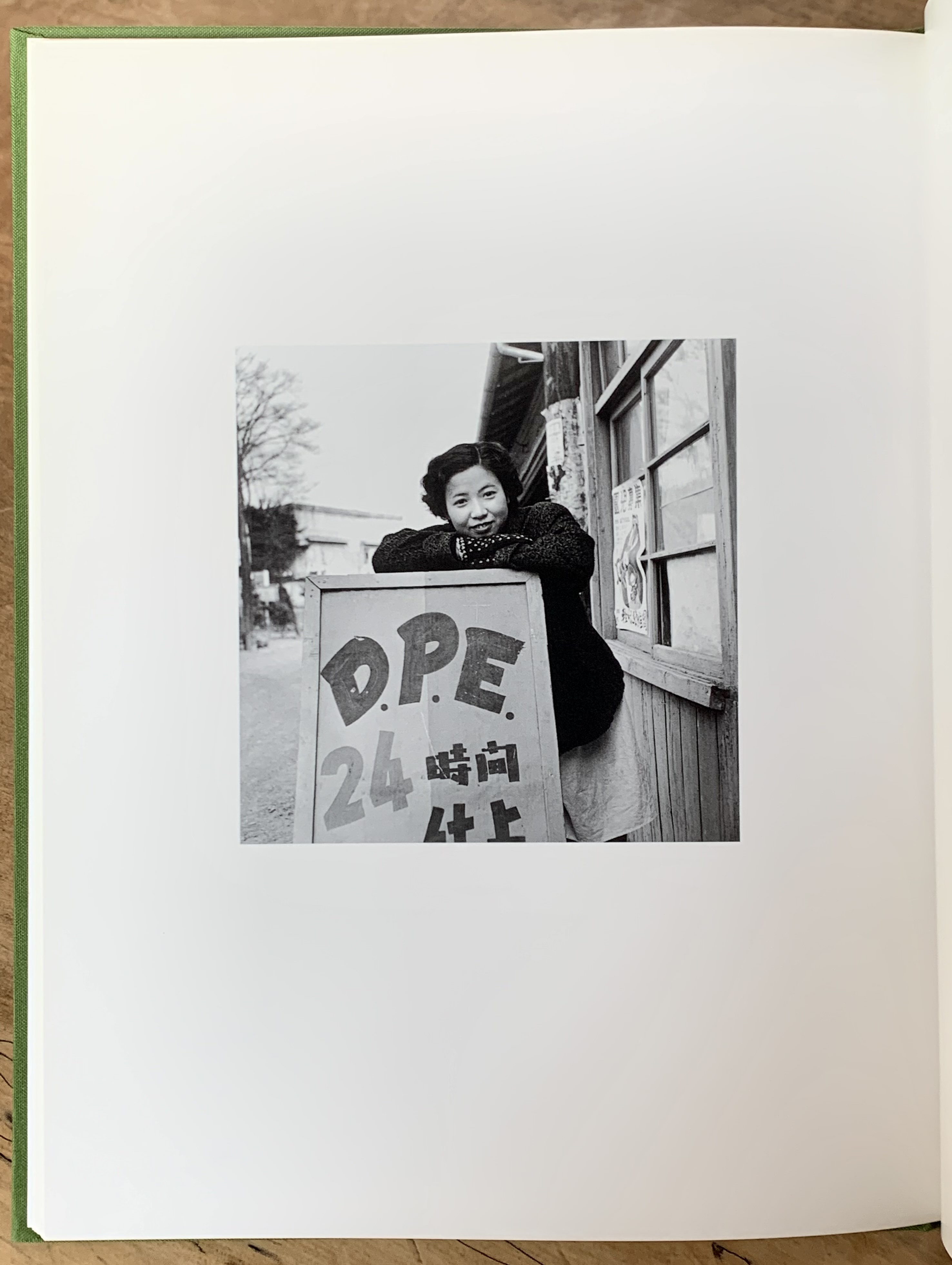
今週の「Recommended Photobook」は、私が長年愛読している写真集を紹介したいと思います。森澤勇さんの『軽井沢時代 1947-1960』(蒼穹舎・2007年)です。
この素敵な写真集は、森澤勇さんが1947年から1960年にかけて、長野県の山中で撮影した写真を集めたもの。すでにこの本をご存じの方は別として、日本の写真に深い関心をお持ちの方でも、彼の名前を聞いたことがない人の方が多いのではないでしょうか。森澤さんは、フォトジャーナリストでもなく、プロ写真家でもなく、戦後、日本中に何千とできた店舗のうちのひとつ、地方の写真館の店主でした。
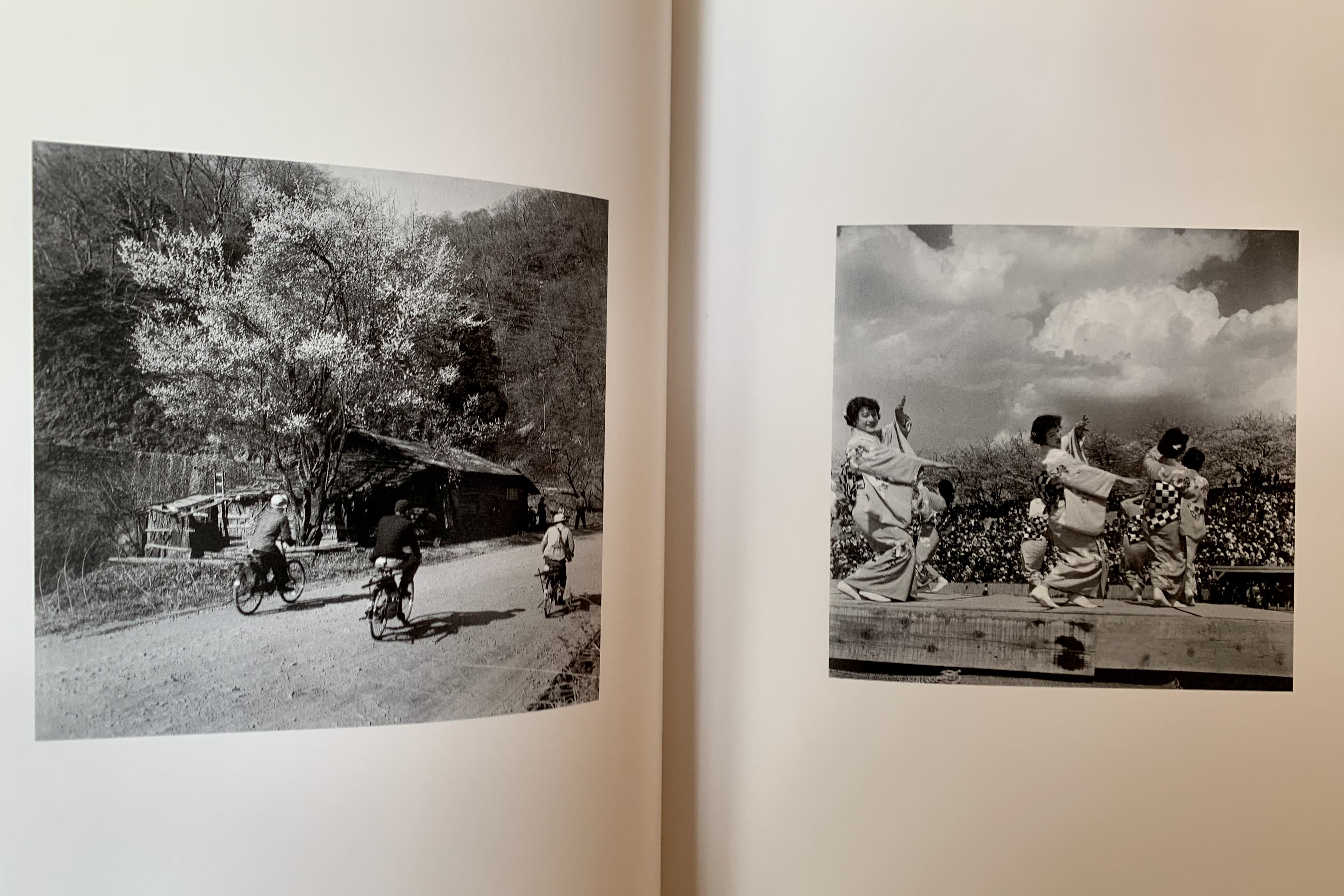
森澤さんは町の写真家として、一年中軽井沢を記録していました。軽井沢の行事や祭り、家族の様子など、軽井沢での日常とハプニングを切り取り続けていました。軽井沢は東京より気温が低く、昔から日本の富裕層の避暑地でした。戦後はアメリカ軍人とその家族も加わり、乗馬やスキー、ゴルフなど、山の空気と笑顔が多く見られます。
『軽井沢時代 1947-1960』はスナップ写真が多いのですが、中には彼のスタジオで撮影されたポートレートも含まれています。村に住む、頬っぺが豊かな赤ん坊、新しい制服を着た内気な学生、家族の記念写真などページを捲るたびに時代と森澤さんの視点を感じることができます。
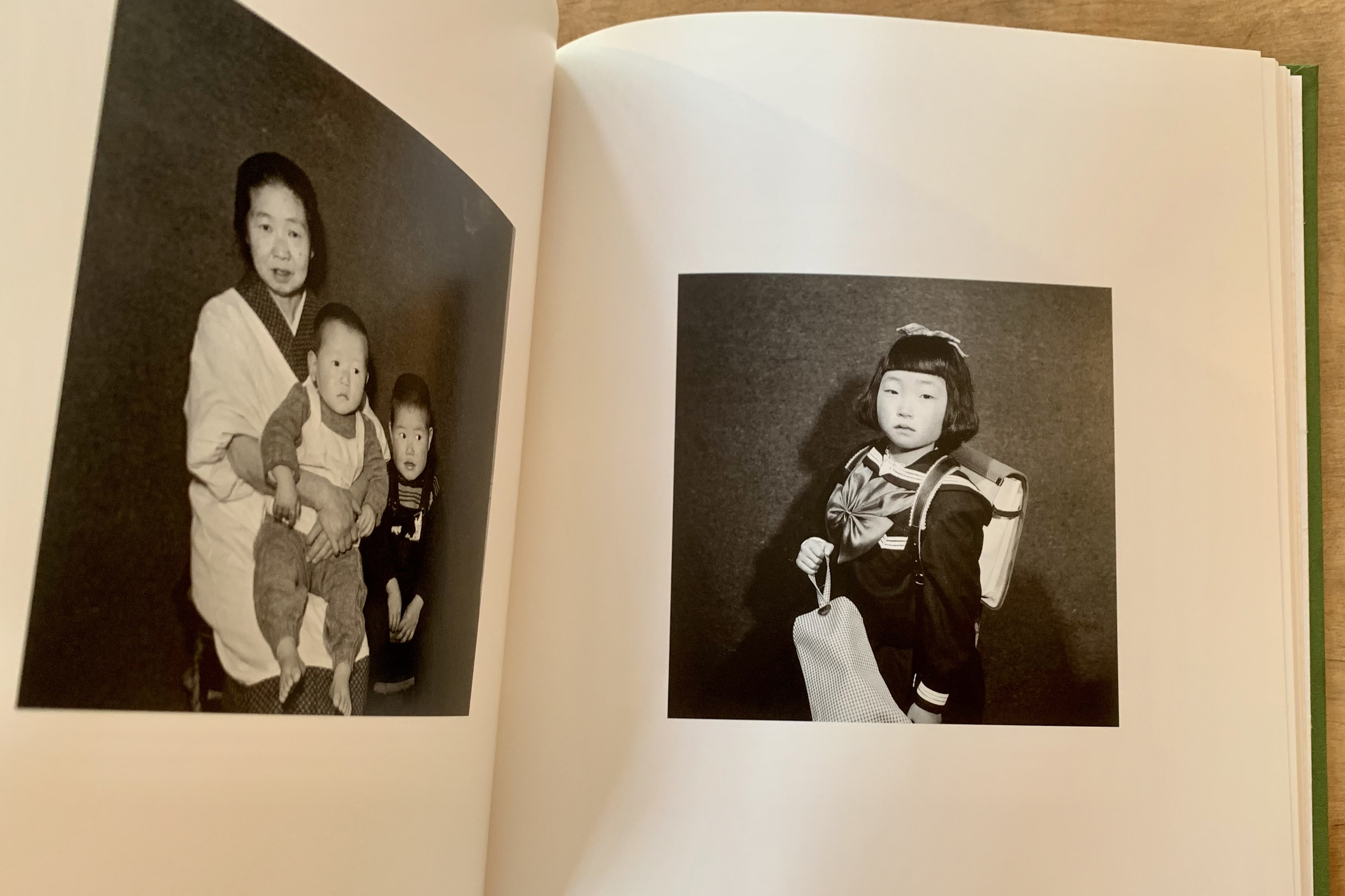
ここに写っている1950年代の軽井沢は、杉の香りが漂う明るい自然の楽園のようです。確かに魅力的な世界ですが、森澤さんの明晰で安定したカメラワークは、被写体の外見だけでなく、彼らが存在した時間や瞬間を鮮明に写し出し、愛で写真を仕上げています。もっと簡単に言えば、構図やフォルムを考えすぎず、レンズの前に現れた瞬間や事物をそのまま写し撮っているのです。この写真には、独特の「アマチュアリズム」と「温かみ」があるのだと思います。森澤さんは写真家として有能であったと同時に、地元や山間部の町にも愛着を持っていたのです。
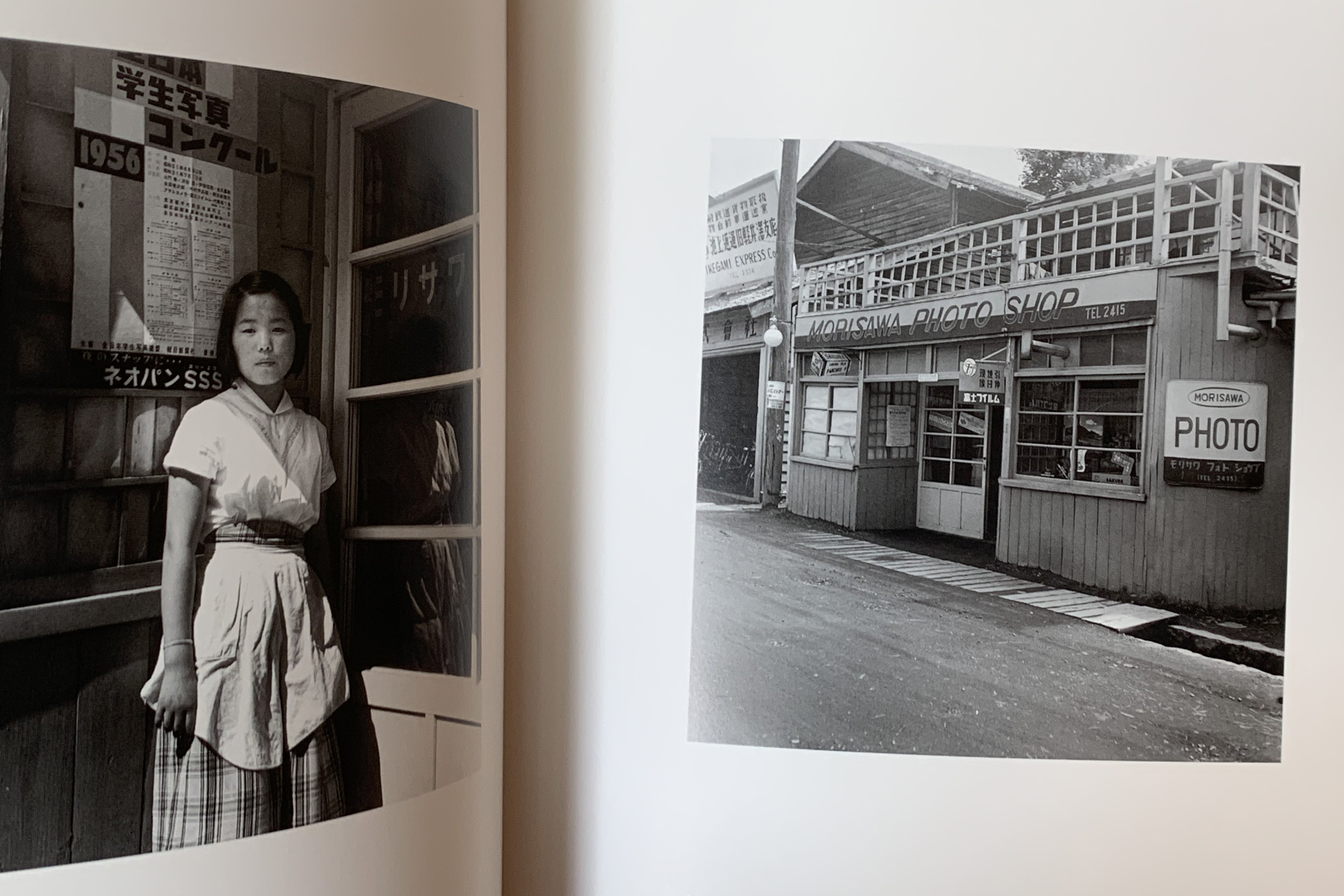
そして、1960年に彼は写真館を静岡県に移しました。森澤さんにとって、軽井沢の時代は終わったのです。
「Morisawa Photo Shop」は、移転先でも家族経営で写真館を続けていました。森澤さんは、店のショーウィンドウを除いて、自分の作品を展示することはなかったと考えられます。50年経ってこれらの写真が再び人の目に触れられるようになったのは、ましてや写真集として出版されたのは、勇さんの孫である森澤ケンさんの努力によるものでした。
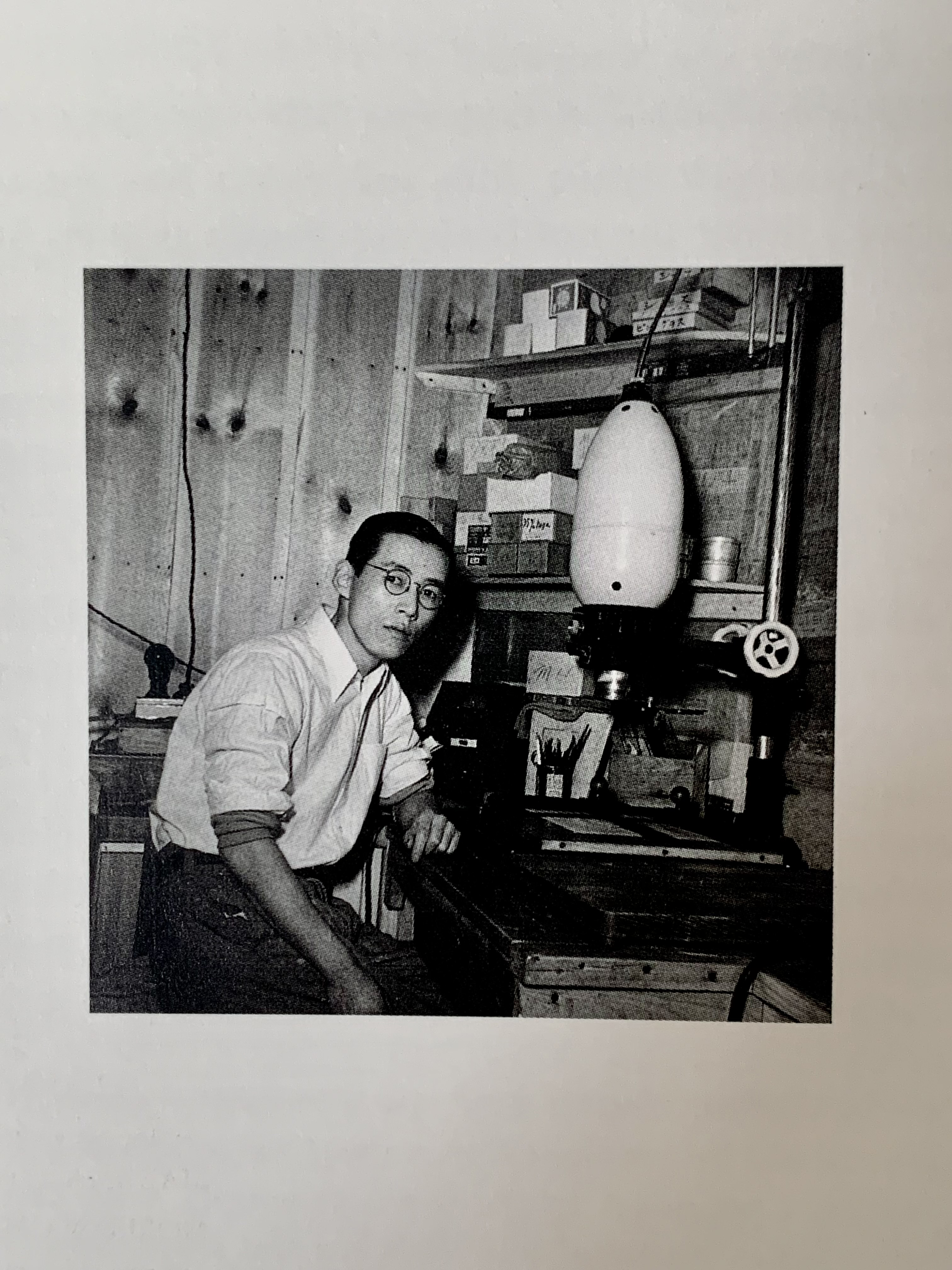
森澤ケンさんは、祖父である森澤勇さんが亡くなった8年後に生まれましたが、父から軽井沢の話を聞いて育ったそうです。ある日、祖父の資料の中から「軽井沢時代」と書かれたネガの入った箱を見つけます。 当時、東京で写真を学んでいたケンさんは、そのネガをすぐに暗室に持ち込みました。赤々とした光の中で、祖父の世界は一枚一枚、現像液を通してじわじわと立ち現れたのです。
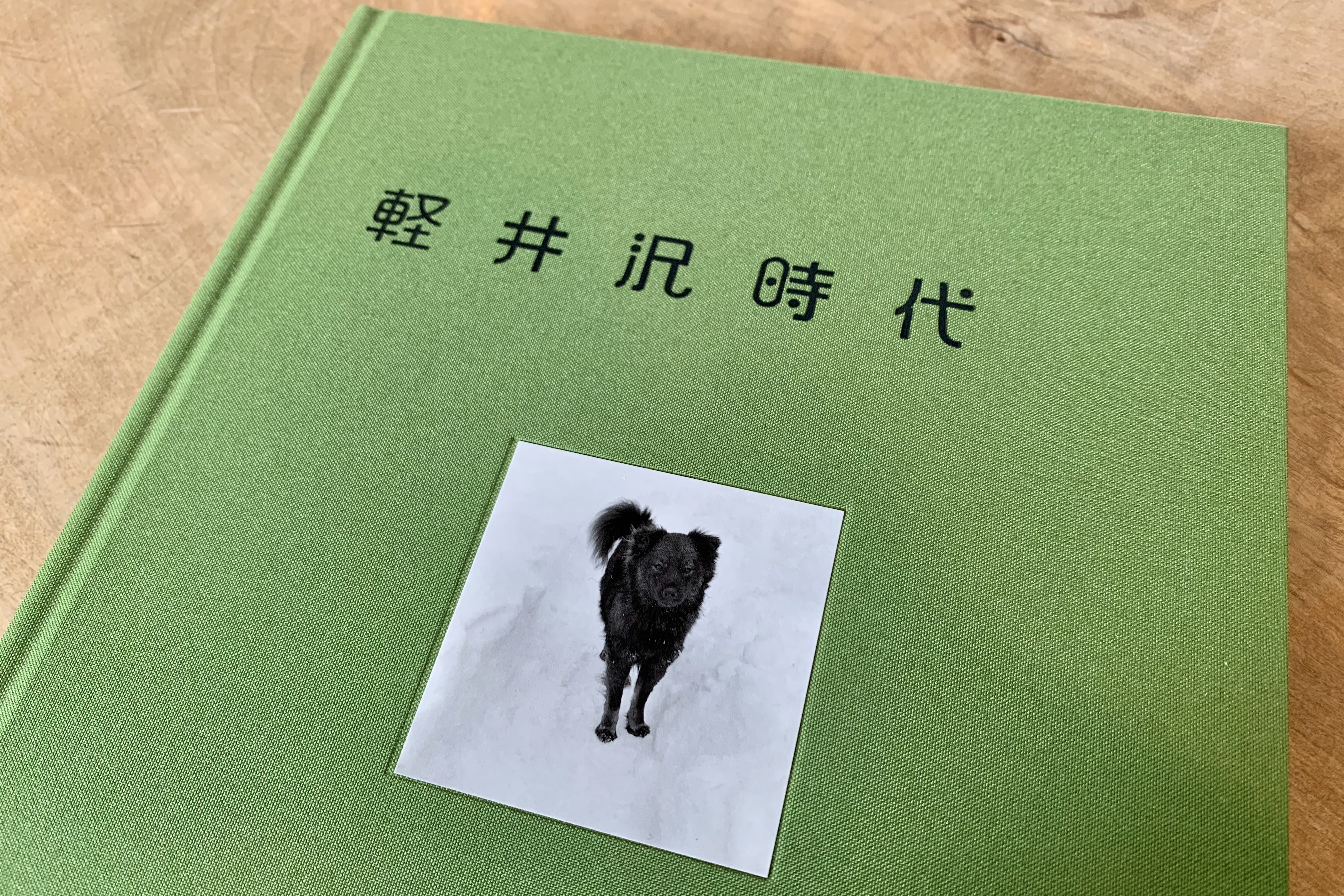
蒼穹舎から出版された写真集『軽井沢時代1947-1960』は印刷も装丁も美しく、心地よい大きさと重さ。すこし渋いデザインで、オリーブ色の布に包まれています。表紙には軽井沢の雪景色の中、黒い犬が見上げている写真。6×6判のネガをそのままの大きさではめ込んでいることはナイスです。
ディテールが豊かで魅力的な写真なので、もう少し大きく掲載されていたらいいなとも思いますが、小さな絵には親近感があり、ページに近づいていくとその世界に引き込まれていきます。
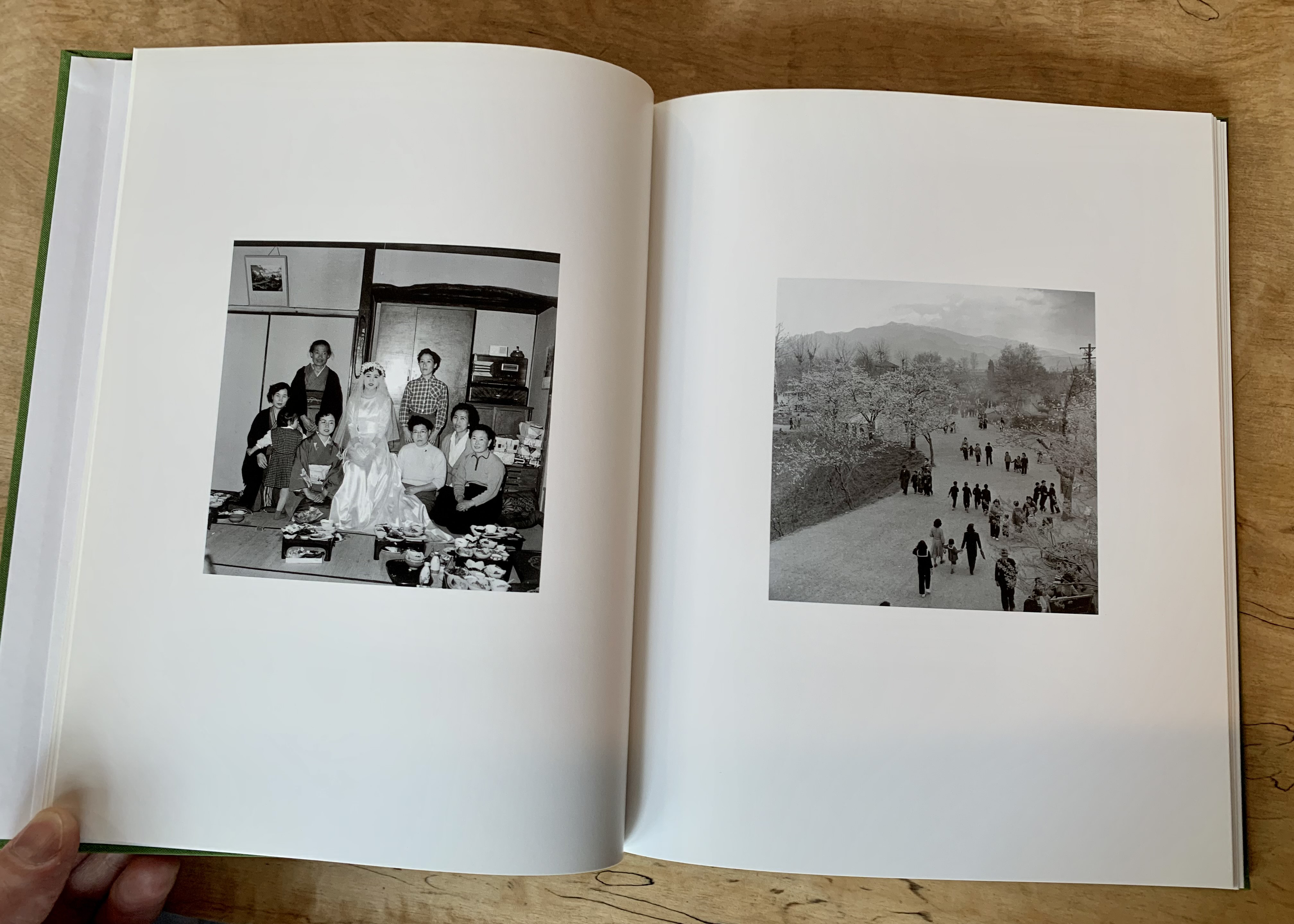
『軽井沢時代1947-1960』は、私が何年も前から数え切れないほど本棚から取り出している写真集です。 逃避行として、現在から抜け出せるのです。「こんな場所があったんだ」という安心感もあります。何より、良い写真というものは、どこでも、誰でも作ることができるのだということを思い出させてくれるのです。
日本全国各地には、森澤さんが営んでいたような小さな写真館が数えられないほどありました。写真館の店主やアマチュアの「写真レガシー」はどうなってしまったのでしょうか。
たくさん人がお金と尊敬をかけたことで森澤さんの写真は素晴らしい本になりましたが、他の知られていない写真館の過去の写真は「時間」を失っています。閉店されている写真館の昔のプリントやネガが湿気やカビに侵されたまま放置されているケースも少なくありません。いろいろな理由があると思いますが、「無名の名作写真」を見ることができないことに寂しさを感じてしまうのです。
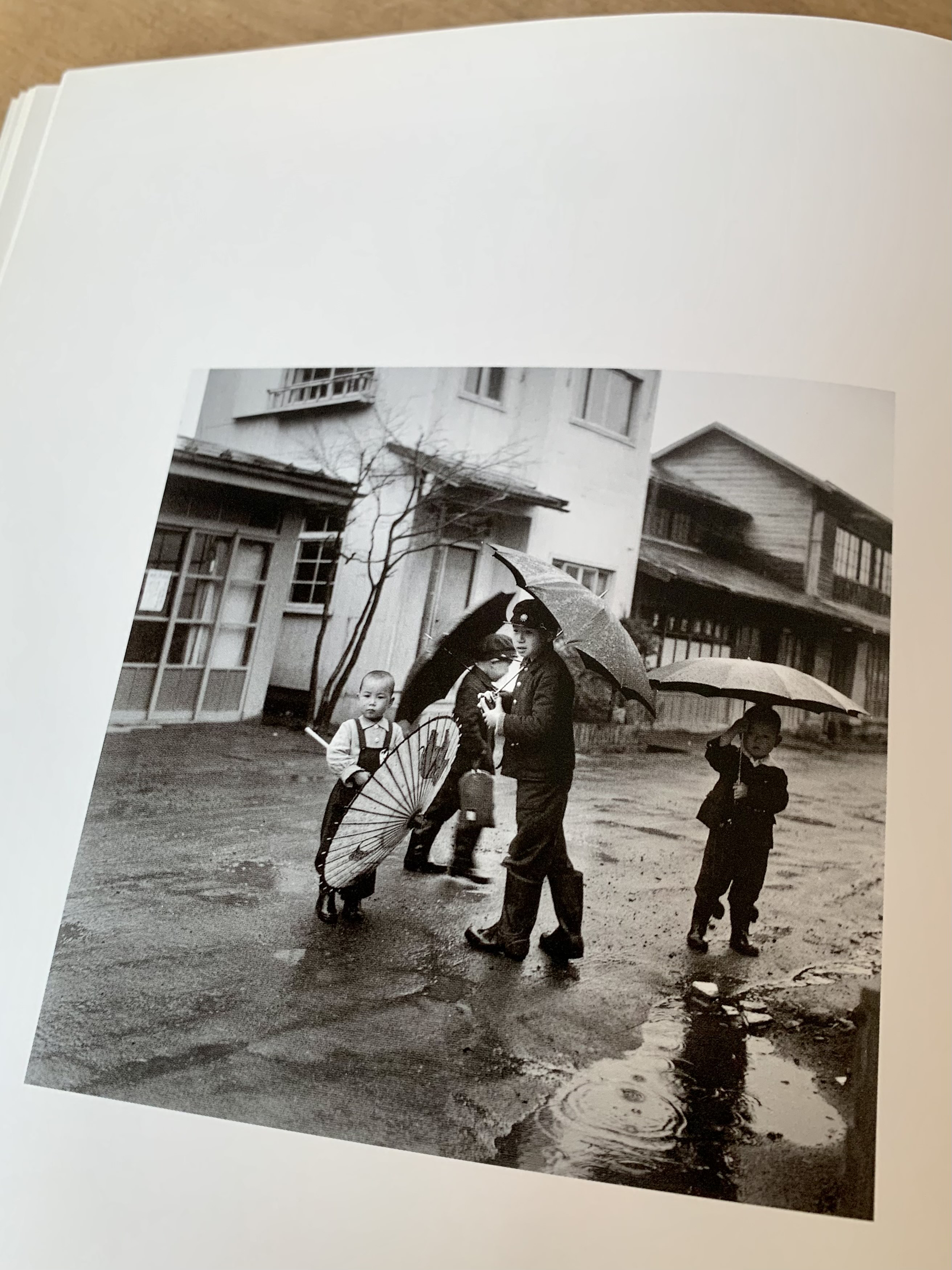
森澤勇さんの素晴らしい写真はこの一冊の写真集になったことで、いつまでも大切にされるのです。
『軽井沢時代1947-1960』は、ドキュメントであり、ラブレターであり、昭和写真レガシーであるのです。おすすめです。
- Isamu Morisawa “Karuizawa Days”
- Published by Sokyusha, 2007
森澤 勇『軽井沢時代 1947-1960』- 128ページ・257×192mm・上製クロス装 / ジャケット掛・作品点数120点 ・700部
- 編集発行人:大田通貴
- 翻訳:いとうはるな
- 装幀:原耕一
- 印刷製本:大洋印刷
- 出版=蒼穹舎(2007年8月発行)


PCT Membersは、Photo & Culture, Tokyoのウェブ会員制度です。
ご登録いただくと、最新の記事更新情報・ニュースをメールマガジンでお届け、また会員限定の読者プレゼントなども実施します。
今後はさらにサービスの拡充をはかり、より魅力的でお得な内容をご提供していく予定です。
 「Photo & Culture, Tokyo」最新の更新情報や、ニュースなどをお届けメールマガジンのお届け
「Photo & Culture, Tokyo」最新の更新情報や、ニュースなどをお届けメールマガジンのお届け 書籍、写真グッズなど会員限定の読者プレゼントを実施会員限定プレゼント
書籍、写真グッズなど会員限定の読者プレゼントを実施会員限定プレゼント